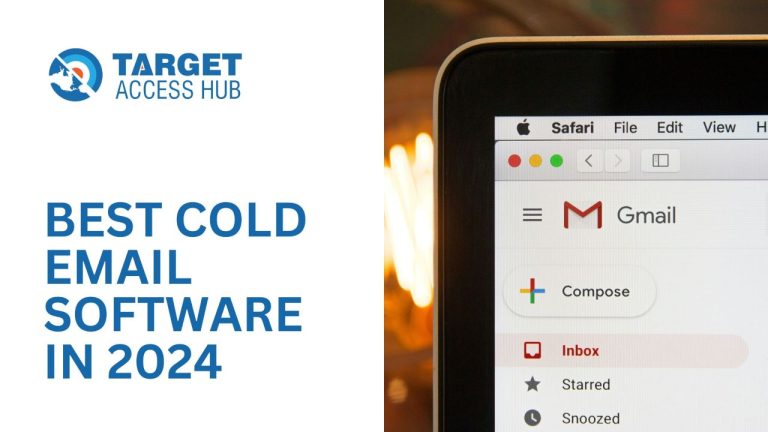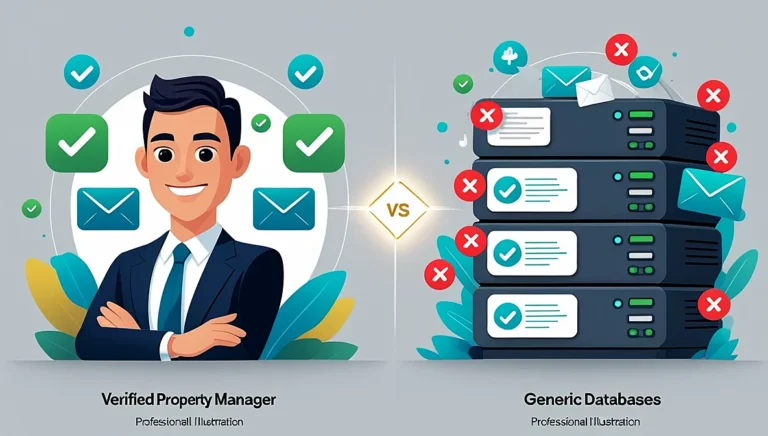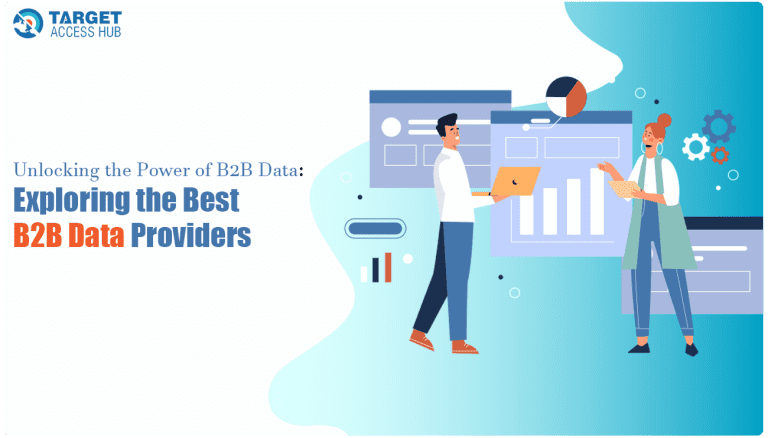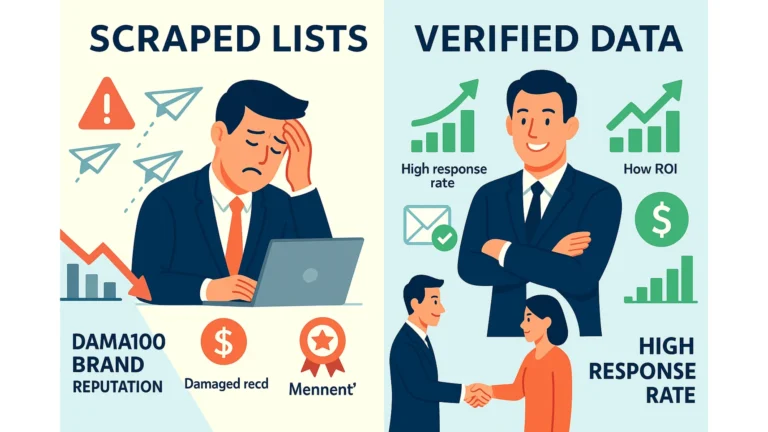Healthcare Email Marketing: An Ultimate Guide (2024)
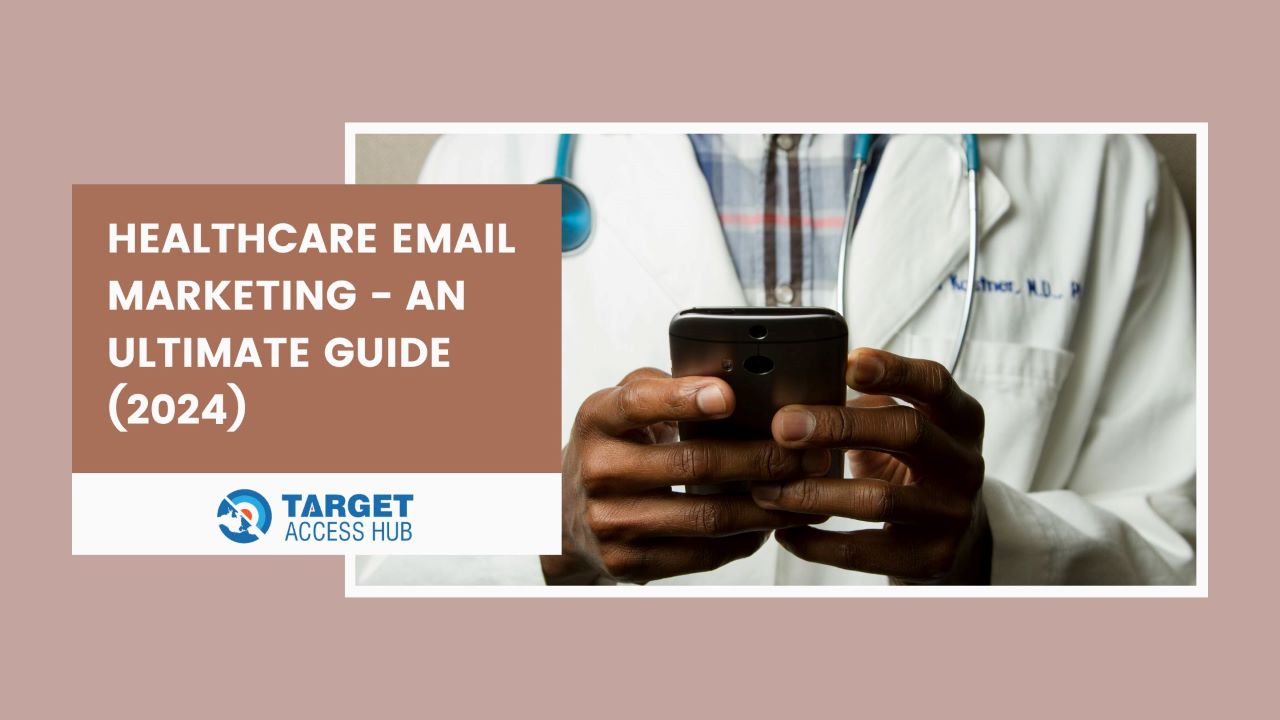
You can’t deny that email marketing has become a cornerstone for businesses across various industries, including healthcare. With its unparalleled reach, cost-effectiveness, and ability to deliver personalized email content, email marketing has emerged as a powerful tool for healthcare providers.
They can be benefited immensely whether they wish to engage with patients, build trust, or drive business growth. In this ultimate guide to healthcare email marketing, we’ll delve into its significance, strategies, examples, and best practices to help you leverage this channel effectively.
Key Takeaways
What is Healthcare Email Marketing?
Healthcare email marketing involves the use of email campaigns to communicate with patients, healthcare professionals, and other stakeholders within the healthcare practice. It encompasses a range of activities, including appointment reminders, health education, promotional emails, newsletters, and follow-up communications.
By leveraging email marketing platforms, healthcare providers can deliver targeted email content tailored to the specific needs and preferences of their audience. You can get in touch with the right people at the right time and maximize your chances of making a sale.
Why Should You Consider Email Marketing for Healthcare?
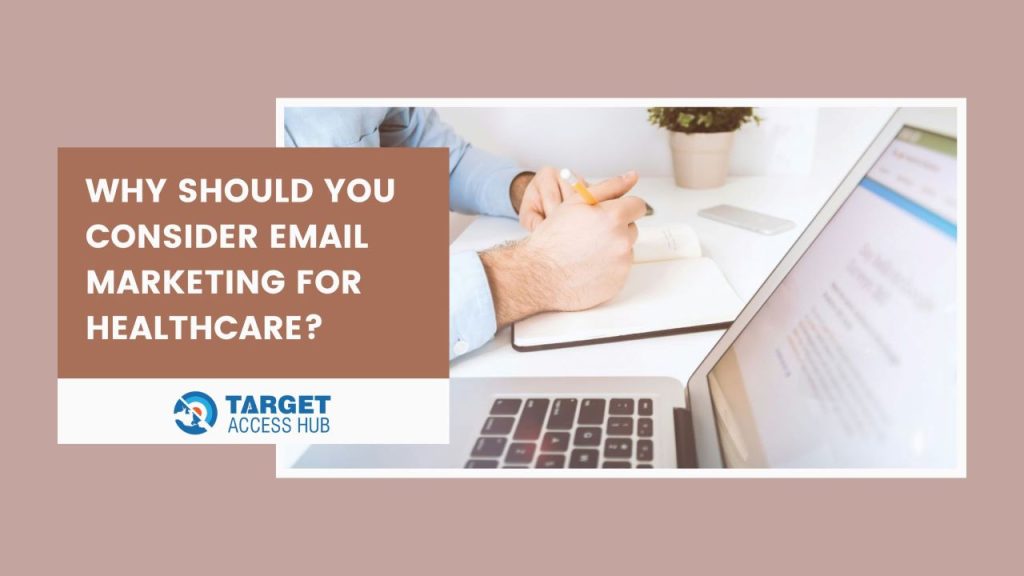
Email marketing offers numerous advantages for healthcare providers seeking to optimize their marketing efforts:
Why Healthcare Providers Need Email Marketing
Healthcare providers face unique challenges in reaching and engaging patients in an increasingly competitive landscape. Here’s why email marketing is essential for healthcare practice:
Healthcare Email Marketing Strategies
To maximize the effectiveness of your healthcare in email marketing campaigns, consider the following strategies:
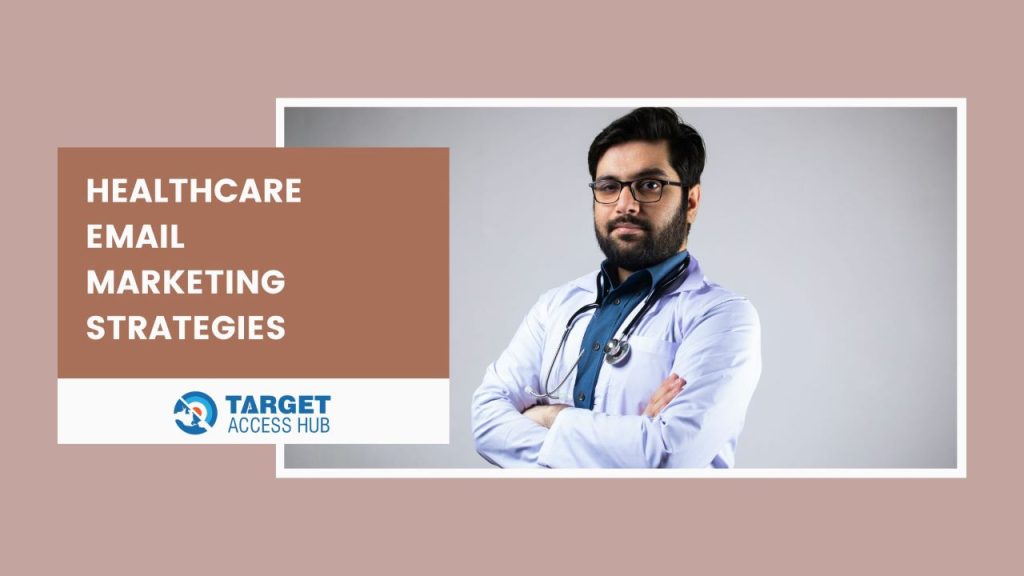
Segmentation
Segmentation involves dividing your email list into distinct groups based on specific criteria such as demographics, medical history, or engagement level. By segmenting your audience, you can deliver highly targeted messages that resonate with each group’s interests and needs.
For example, you might create segments for different age groups, medical conditions, or types of services sought. This allows you to tailor your content and offers accordingly, increasing the likelihood of engagement and conversion.
Personalization
Personalization is the key to making your emails more relevant and engaging for recipients. Instead of sending generic messages to your entire email list, customize your content and subject lines to address each recipient by name and offer recommendations based on their preferences.
You can also customize your content based on your customer’s past interactions with your healthcare organization. Personalized emails not only capture the recipient’s attention but also foster a sense of connection and trust, ultimately driving higher engagement and conversion rates.
Mobile Optimization
With the growing prevalence of smartphones and tablets, it’s essential to ensure that your emails are optimized for mobile devices. This means using responsive design techniques to adapt your email layout and formatting to various screen sizes and resolutions.
Mobile-optimized emails are easier to read and navigate on smaller screens, providing a better user experience for recipients who access their emails on mobile devices. By prioritizing mobile optimization, you can maximize the effectiveness of your email campaigns and reach a broader audience.
A/B Testing
A/B testing, also known as split testing, involves experimenting with different elements of your email campaigns. This will help you sort through various strategies and combinations to determine which variations perform best. This could include testing different email subject lines, content formats, calls to action, or even sending times.
By systematically testing these variables and analyzing the results, you can identify the most effective strategies for engaging your audience and driving conversions. A/B testing allows you to optimize your email campaigns over time, improving their overall effectiveness and Return on investment.
Automation
Automation tools enable you to streamline and optimize your email marketing efforts by automating various tasks and workflows. For example, you can use automation to schedule emails in advance, trigger follow-up messages based on user actions (such as website visits or email opens), and nurture leads through personalized drip campaigns.
Automation helps you deliver timely and relevant email content to your audience while saving time and resources. By leveraging automation effectively, you can engage with your audience more efficiently and drive better results from your email marketing campaigns.
Healthcare Email Marketing Examples
Here are some examples :
Healthcare email marketing campaigns encompass a diverse range of strategies aimed at engaging patients, promoting wellness, and enhancing the patient experience. For instance, healthcare providers often send personalized appointment reminders and follow-up emails to reduce no-show rates and encourage patient adherence to treatment plans. Educational newsletters containing health tips, updates on medical advancements, and information about preventive care measures are commonly distributed to keep patients informed and empowered.
Moreover, experts in healthcare marketing, such as Target Access Hub, offer tailored newsletters that deliver valuable content, industry insights, and updates. These tools help healthcare providers effectively communicate with their customers and build stronger patient relationships.
Healthcare Email Marketing Best Practices
To ensure the success of your healthcare for email marketing initiatives, adhere to these best practices:
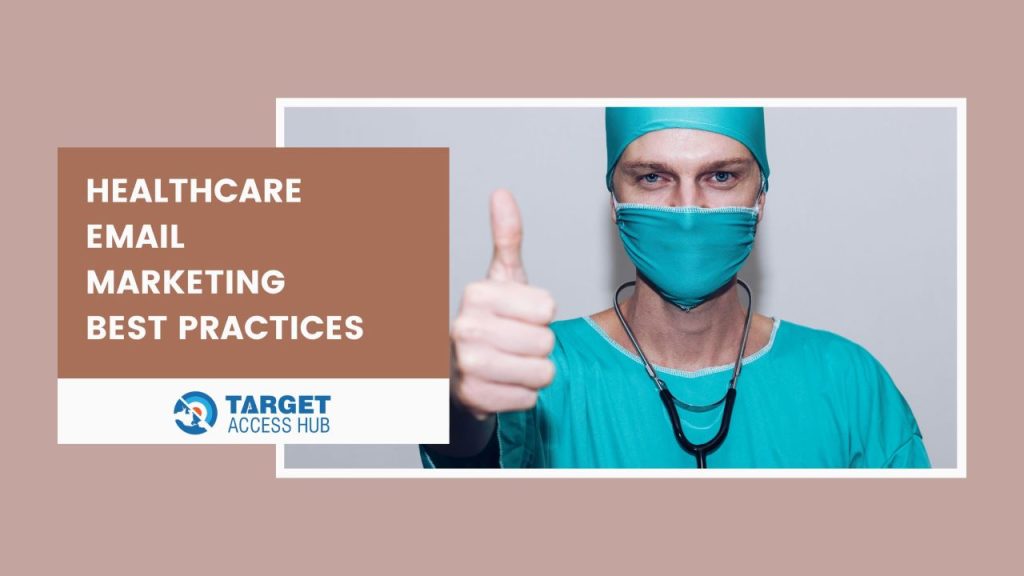
Conclusion
Healthcare in email marketing presents a valuable opportunity for providers to engage with patients, drive business growth, and enhance the overall patient experience. By implementing targeted strategies and adhering to best practices, healthcare providers can unlock the full potential of email marketing. They can use it as a powerful tool for patient communication and relationship building in the long run.

